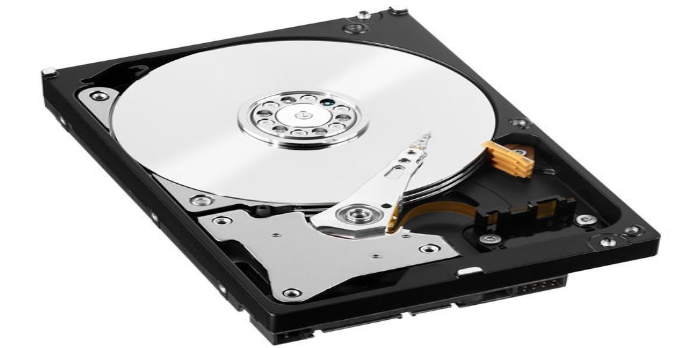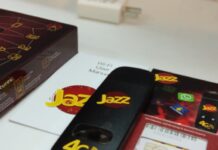Here we can see, “How to: Fix There Are No Fixed Disks to Show in Diskpart”
Users can use the DiskPart program to manage their PC’s drives. However, you may face the DiskPart problem ‘There are no fixed disks to show’ when using the tool.
This problem can be caused by several things, including a bad HDD connection, missing drivers, or damaged BCD data.
If you’re having difficulties with the ‘There are no fixed disks to show’ DiskPart error in Windows, here are a few troubleshooting steps to help you repair it.
How do I fix There are no fixed disks to show DiskPart error?
1. Check your HDD for a loose connection
-
- If you’ve recently made any hardware changes to your computer, you should double-check that the HDD connections are secure.
- Turn your computer off and make sure it’s not connected to any power sources.
- Unplug the hard disk and gain access to the computer’s internals.
- Restart your computer and wait for the system to recognize that there is no hard disk attached.
- Turn down the computer and connect your hard disk when you get an error saying no hard disk is connected.
- Make sure they’re securely attached.
- After that, restart the computer and see if anything has changed.
2. Rebuild MBR
-
- Locate a functional Windows computer. If you don’t have a second computer, borrow one from a friend.
- Download the AOMEI Partition Assistant Standard hard disk partitioning software.
- Connect your PC to a USB flash drive (the one on which the partition tool is downloaded). Check to see if the USB flash drive has enough capacity.
- From the left pane of AOMEI Partition Assistant, select Make Bootable Media.
- Next should be selected.
- Choose a USB Boot Device from the drop-down menu and insert your USB flash drive.
- Continue by pressing the Enter key.
- To confirm the action, click Yes.
- Unplug the USB drive once the Bootable drive is ready.
Rebuilding MBR
-
- Connect the error-prone computer to the bootable USB flash drive.
- Restart the computer if necessary.
- Make sure you’re starting from the bootable drive that’s connected. Change the boot order in BIOS if necessary.
- After that, you’ll be taken to the main interface of AOMEI Partition Assistant.
- Select Rebuild MBR from the context menu of the system drive (where Windows is installed).
- Select the correct version of your OS from the drop-down selection for Set the type of MBR for the current OS in the Rebuild MBR box.
- To continue, click OK.
- To finish the process, click Apply and Proceed.
- Unplug the USB drive and restart the computer after the process is finished.
3. Check for corrupt Boot Configuration Data
-
- Use a bootable flash drive or Windows installation disk to get started. Here’s how to make your own installation media if you don’t already have one.
- Click Repair your computer after you’ve arrived at the installation screen.
- Select Command Prompt from the Advanced Options menu.
- Enter the following command in the Command Prompt window and press Enter to run it:
- Bootrec /scanos
Bootrec /fixMBR
Bootrec /fixBoot
Bootrec /rebuildBCD
- Bootrec /scanos
- Make sure you run each command one at a time.
- Once the command has been executed, close the Command Prompt and restart the computer.
4. Perform Windows Startup Repair
-
- Restart your computer after inserting the Windows installation DVD or flash drive. Check Method 2 – step 1 if you don’t have any installation media.
- Press any key when the message Press any key to boot from CD or DVD displays.
- In the lower-left corner, click Repair your machine on the installation screen.
- Select Troubleshoot > Advanced Options after that.
- Select the option for Automatic Repair.
- To continue, select an operating system.
- Windows will run a system scan to look for any problems or corrupt system files that need to be repaired.
- After that, restart your computer and see if anything has changed.
If the system detects faults with the hard drive or the Windows installation is corrupt, the ‘There are no fixed disks to show’ DiskPart error occurs. To fix the computer, follow all of the instructions outlined in this article.
Conclusion
I hope you found this guide useful. If you’ve got any questions or comments, don’t hesitate to use the shape below.
User Questions
1. How do you fix the fact that no fixed disks are visible?
-
- Run the Windows Startup Repair tool.
- Using Commands, repair the startup.
- Use the hard disk management to rebuild the MBR.
- Run a hard drive test.
2. What is the best way to view disks in diskpart?
-
- Start > Run > cmd to open a command prompt.
- Start the DISKPART program: UsersAdministrators>diskpart is located in C: UsersAdministrators.
- Select the disk you want to view (in this case, disk 1, although any valid disk number would suffice): Select disk 1 with DISKPART>.
- View the selected disk’s details: DISKPART> shows the details of a disk.
3. What is the best way to identify a disk partition?
The partitions are displayed together with their drive letters in the top window. If you right-click on the partition in the Disk Management interface and pick Properties or Explore, you should be able to find out which is which.
4. SCCM – OSD – No fixed disks – Reddit
5. How I fixed Windows not recognizing SSD in Disk … – Reddit
How I fixed Windows not recognizing SSD in Disk Management, but BIOS does from buildapc



